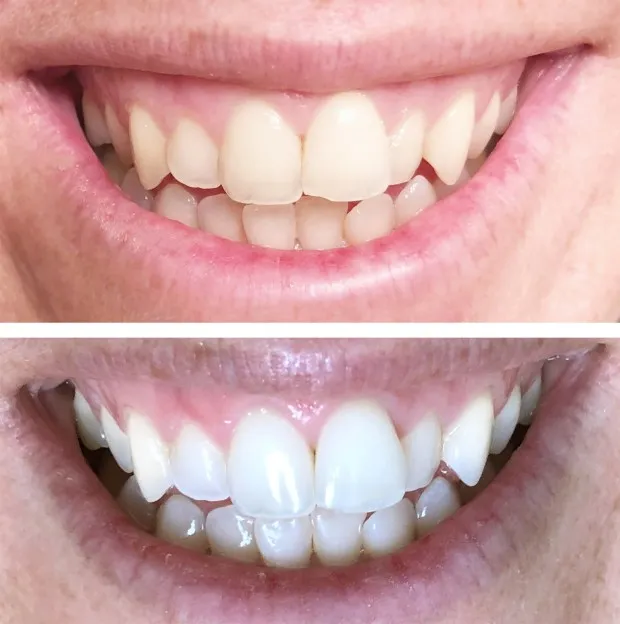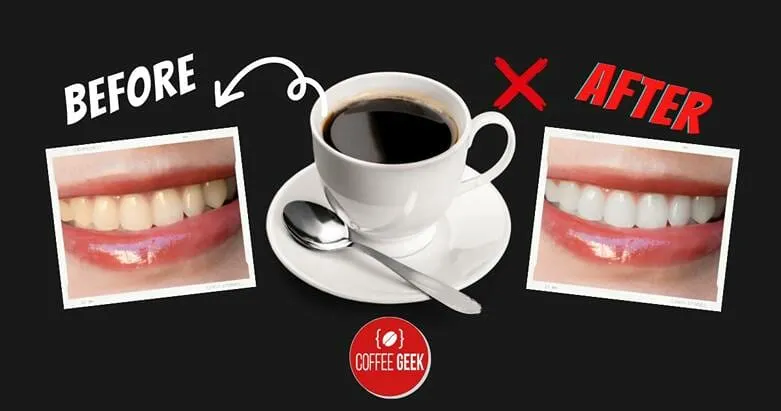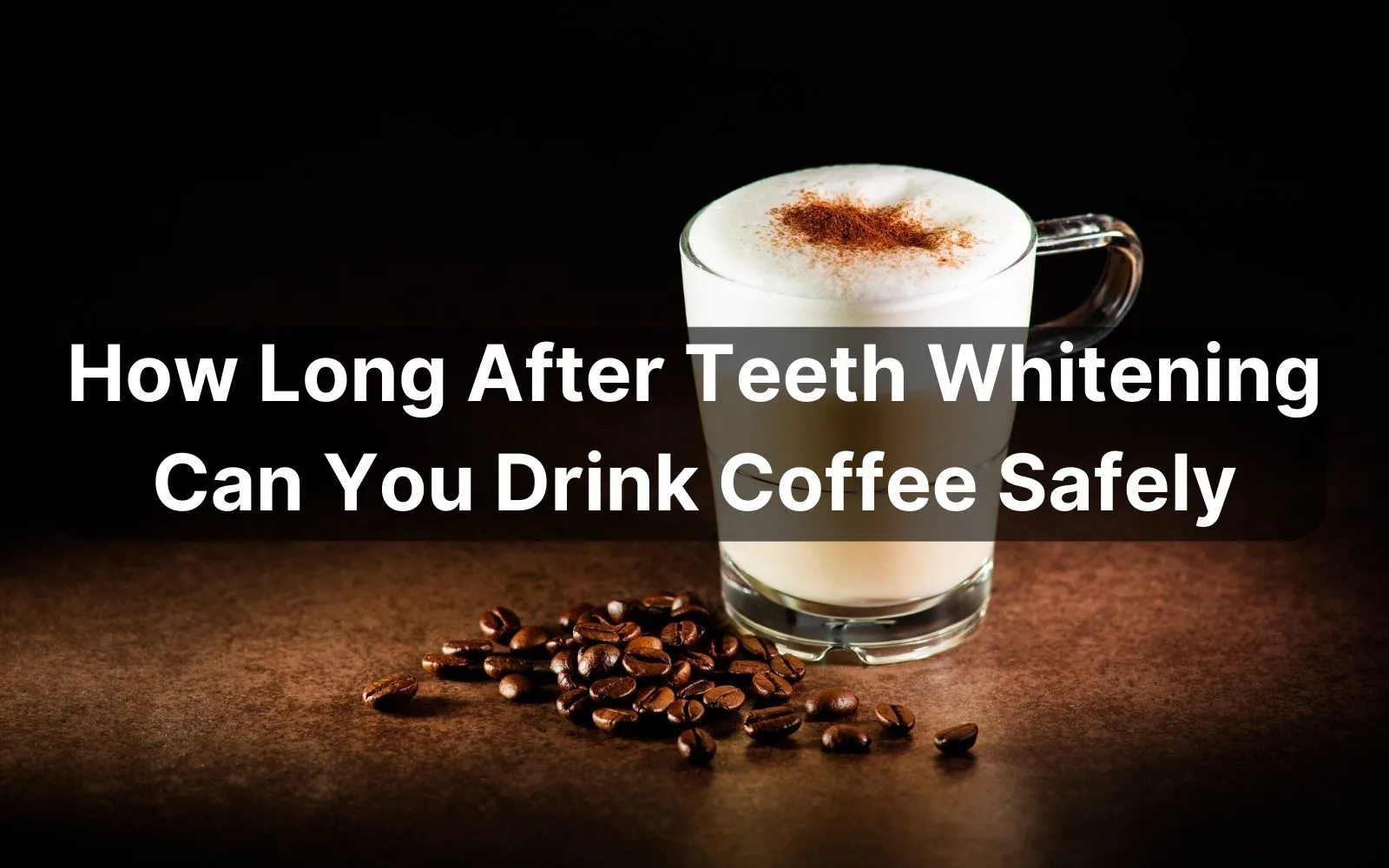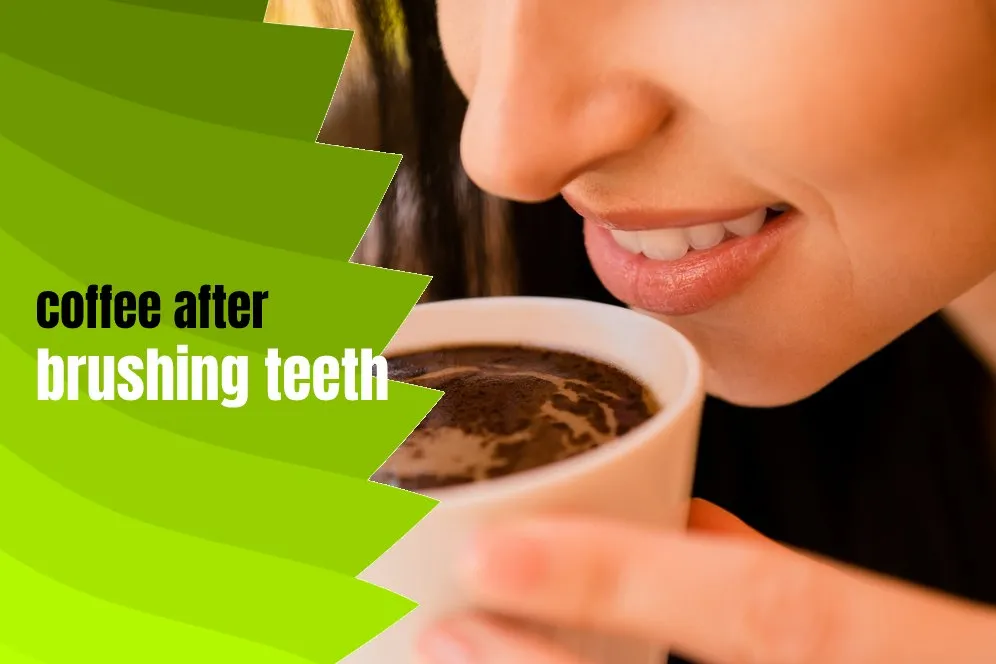What Happens After Teeth Whitening
Teeth whitening is a popular cosmetic dental procedure designed to brighten your smile, boost your confidence, and help you make a lasting impression. It works by removing stains and discoloration from your teeth, often caused by foods, drinks, smoking, and natural aging. While the process itself is relatively straightforward, involving bleaching agents that penetrate the enamel to break down stain molecules, the aftercare is just as crucial. Understanding what to do after teeth whitening is important to protect your investment and ensure you maintain those dazzling results. Following the right guidelines can significantly impact the longevity and effectiveness of your newly whitened teeth.
The Immediate Aftermath
Immediately after a teeth whitening treatment, your teeth are more susceptible to staining. This is because the pores in your enamel, which have been opened up by the whitening process, are more porous, and thus more receptive to absorbing pigments from the foods and drinks you consume. This heightened sensitivity typically lasts for a few days, making it essential to be extra cautious during this period. What you eat and drink during the initial 24-72 hours plays a crucial role in determining how well your teeth retain their new brightness. Avoiding certain substances can help prevent immediate staining and ensure a longer-lasting white smile. This is also the time to pay close attention to any sensitivity your teeth might be experiencing and follow your dentist’s specific aftercare instructions.
Foods and Drinks to Avoid

One of the most important aspects of post-whitening care is knowing which foods and drinks to steer clear of. The general rule is to avoid anything that can stain a white t-shirt. This includes highly pigmented foods and beverages such as coffee, tea, red wine, dark sodas, berries (especially blueberries, blackberries, and raspberries), soy sauce, and tomato-based sauces. These items contain strong pigments that can easily penetrate the porous enamel and cause staining. Additionally, it’s wise to avoid acidic foods and drinks, as they can erode the enamel, making your teeth even more vulnerable to staining. Consider a ‘white diet’ for a few days. This involves consuming clear or white-colored foods like white rice, chicken, white fish, cauliflower, and dairy products, ensuring your teeth are given the best chance to maintain their new, brighter appearance. (image: avoid-foods-after-whitening.webp)
Coffee and Staining
Coffee is one of the most notorious culprits when it comes to staining teeth. Its dark color and high concentration of tannins, which are compounds that bind to the enamel, make it particularly damaging. The longer coffee sits on your teeth, the more likely it is to cause staining. Drinking coffee frequently can lead to gradual discoloration, diminishing the effects of your whitening treatment. The combination of tannins and the heat of the coffee can exacerbate the staining process, making the pigments adhere more readily to the enamel. Therefore, it is critical to be mindful of your coffee consumption during the period after teeth whitening. Consider alternatives, or if you must drink coffee, implement strategies to minimize its impact, like drinking it quickly and using a straw. (image: coffee-staining-teeth.webp)
The Best Time to Drink Coffee After Teeth Whitening
First 24-72 Hours

The first 24 to 72 hours are critical after teeth whitening. During this period, your teeth are most vulnerable to staining. Dentists typically recommend avoiding coffee and other staining substances entirely during this phase. This means abstaining from coffee, tea, red wine, and other heavily pigmented foods and drinks. Sticking to a strict diet of white or clear foods and beverages will give your teeth the best chance to maintain their new brightness. While it might be challenging for coffee lovers, the short-term sacrifice can significantly impact the longevity of your whitening results. This initial period is crucial for setting the foundation for a long-lasting white smile. (image: teeth-whitening-timeline.webp)
Following the Guidelines
After the initial 72 hours, you can gradually reintroduce some foods and drinks, but with caution. Monitor how your teeth react and be prepared to adjust your habits accordingly. While occasional coffee might not immediately undo your whitening, frequent consumption can lead to gradual staining over time. Consider moderation and proactive measures such as rinsing your mouth with water after drinking coffee, brushing your teeth, or using a straw. These habits can help minimize the impact of coffee and protect your white smile. The key is to be mindful and make choices that prioritize your dental health and the longevity of your whitening treatment. Following these guidelines can help you enjoy your coffee without significantly compromising your results.
How Coffee Affects Teeth Whitening
Coffee and Enamel Staining

The primary way coffee affects teeth whitening is through staining. Coffee contains pigments called chromogens, which easily stick to the porous surface of the enamel, leading to discoloration. The enamel’s porous nature, which becomes more pronounced immediately after whitening, allows these pigments to penetrate easily. Over time, this constant exposure to coffee can diminish the effects of teeth whitening, making your teeth appear yellow or stained again. The intensity of the staining depends on the concentration of coffee, the frequency of consumption, and the individual’s oral hygiene habits. Even if you brush your teeth regularly, the pigments can still accumulate, especially if you consume coffee frequently throughout the day. (image: enamel-staining.webp)
Alternatives to Coffee
If you find it difficult to cut out coffee completely, there are several alternatives you can consider to minimize staining. Herbal teas, especially those that are lighter in color, are a good substitute. Green tea, while containing some tannins, is generally less staining than black coffee. Another option is to try coffee alternatives like chicory root or roasted barley drinks, which mimic the taste of coffee without the same staining potential. You could also try clear beverages such as water, clear soda, or sparkling water to stay hydrated without the risk of staining. Experimenting with these alternatives can help you find a beverage that satisfies your cravings while protecting your teeth. (image: alternatives-to-coffee.webp)
Tips to Protect Your White Smile
Using a Straw

One simple but effective way to protect your teeth from staining is to use a straw when drinking coffee or other staining beverages. This helps to minimize the direct contact between the liquid and your teeth, reducing the likelihood of staining. By directing the liquid to the back of your mouth, you bypass the front teeth, which are most visible when you smile. It is a small change that can make a big difference in maintaining the brightness of your whitened teeth. Consider carrying a reusable straw with you, so you always have one available when you’re out and about. It is a convenient way to enjoy your favorite drinks while keeping your smile looking its best. (image: using-straw.webp)
Maintaining Results
Maintaining the results of your teeth whitening involves a combination of good oral hygiene practices and lifestyle choices. Brushing your teeth twice a day with a whitening toothpaste, flossing daily, and using mouthwash are essential. Regular dental check-ups and cleanings are also crucial for removing any surface stains and maintaining your oral health. In addition to these practices, be mindful of your diet. Limiting the consumption of staining foods and drinks will help extend the lifespan of your whitened teeth. Consider touch-up treatments as needed, and follow your dentist’s recommendations for ongoing care. By adopting these habits, you can enjoy a bright, confident smile for years to come. (image: maintain-white-smile.webp)
Conclusion
Enjoying a cup of coffee after teeth whitening can be a tricky balancing act, but with the right knowledge and habits, you can achieve and maintain a dazzling white smile. The key is to understand the immediate impact of coffee on your newly whitened teeth and to be proactive in your approach to aftercare. By avoiding coffee and other staining substances during the critical first few days, using a straw, and practicing good oral hygiene, you can minimize staining and enjoy your coffee without sacrificing your smile. Remember that maintaining your results requires a long-term commitment to these practices. So, while you may need to adjust your coffee habits temporarily, the reward is a brighter, more confident smile that can last for years to come. Make informed choices, and your beautiful white teeth will be a testament to your dedication.
